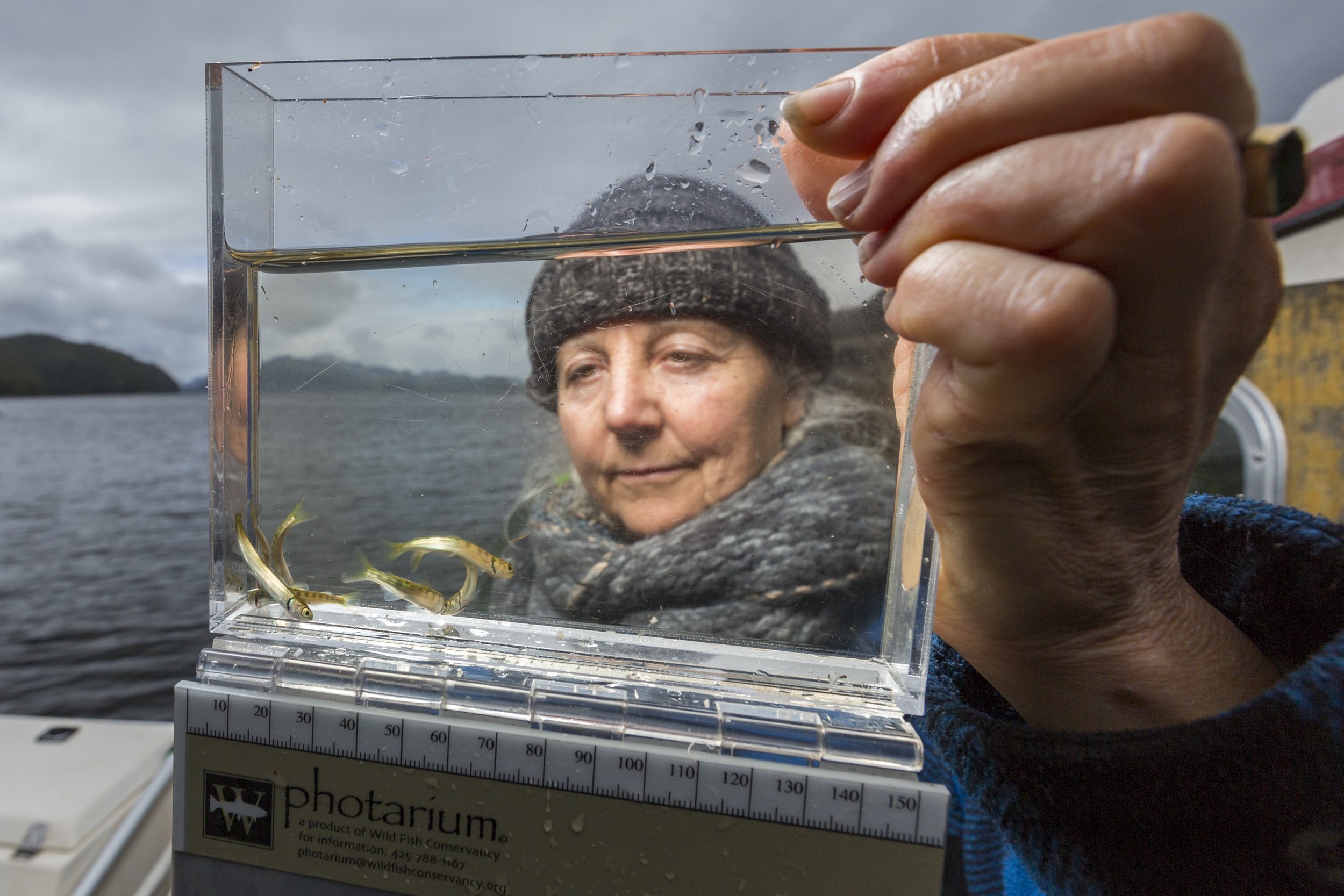

























LIFEBLOOD
Published in BBC Wildlife Magazine
Wild salmon are considered the lifeblood of the Pacific Northwest of North America. Every year, seven species of Pacific salmon make epic migrations from the ocean up the same rivers and streams in which they were born, sometimes traveling thousands of miles inland. But pollution, habitat loss, damming of rivers, over-fishing, stocking fish farms with alien Atlantic species and the associated arrival of piscine reovirus all threaten salmon and the balance of this ecosystem.
The flora and fauna of this part of the world depend on Pacific salmon for survival, making them keystone species. Orcas and sea lions feed on salmon at sea while bald eagles, bears and otters catch and carry them inland where their nutrient-rich remains fertilise the forests.
Similarly, for the people of the Pacific Northwest, salmon are much more than just food. They are the key to a way of life. The absence of these species would have devastating impacts on wildlife and humans alike.
This ongoing project explores the story of wild salmon throughout Washington State and British Columbia, illustrating the critical role that they play in the ecosystem, while investigating some of the major causes of their decline.
It also looks at some of the different conservation efforts that are being employed to help save salmon. These include population surveys, the removal of dam walls, retailers choosing to only sell wild salmon, and individuals taking huge risks to test fish samples and find out the truth about piscine reovirus being introduced through Atlantic salmon farms.